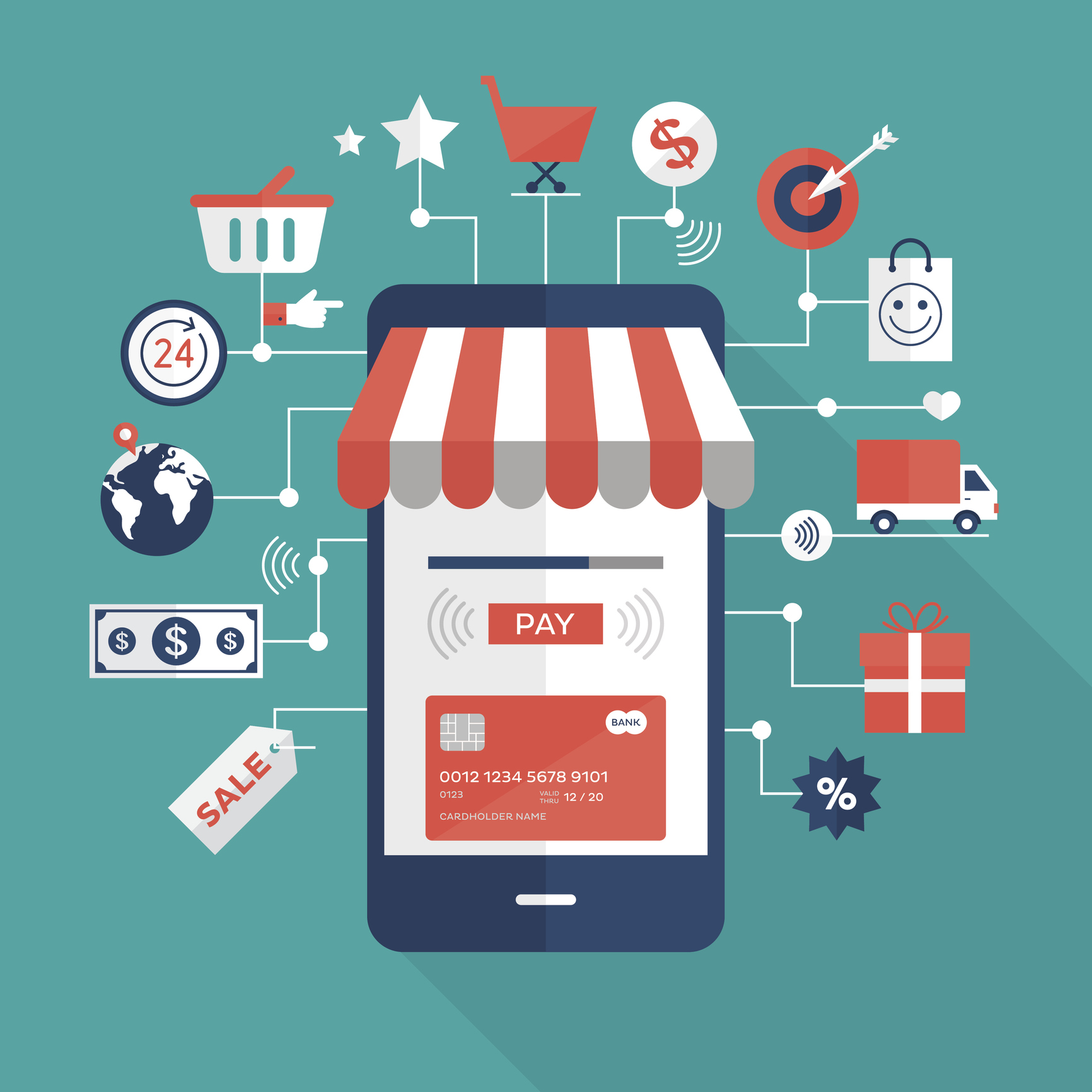
Trends in European e-commerce 2020&2021
Online shoppers are becoming seasoned, they have become familiar with online websites and have become confident shoppers. You need to adapt your online sales strategies to continue to appeal to them.
Then, what are the trends in European e-commerce in 2020-2021?
Here are the 14 trends in European e-commerce in 2020, which are expected to which are expected to grow in the year 2021 as well.
1. Interaction with web users

Internet users love online chats and yet very few brands and websites have adapted their strategy and implemented it (75%).
This is a real demand, which must be taken into consideration, as 90% of consumers prefer to use messengers such as Facebook Messenger or WhatsApp to communicate with companies. They want to get a quick answer and not wait several hours for any response.
Here AI can be the first viable solution, by defining a certain number of questions and pre-filling in the answers.
2. A strong trend towards personalization
The new generation, also known as “Digital Native Vertical Brands“, requires ever more personalization. And it does not hesitate to participate in the design and manufacture of its products.
Nike, for example, has understood this and offers the possibility of designing its baskets, choosing the colors…
This new generation is looking for unique products that retain their essential properties.
3. Greater security

Customers want real security when making purchases. They want to be able to authenticate themselves thanks to “human body measurement” such as fingerprints, voice recognition, or Face ID.
At the moment, they do not all have the same level of reliability.
Furthermore, the European Payment Services Directive (PSD2) should soon make biometric authentication the standard by 2022.
4. Renting

Another current trend in European e-commerce is rental. From now on, we no longer buy, we rent.
According to a France TV Info survey, in 2019, 70% of French people would prefer to use rather than own property.
5. An increase in B2B sales

Online sales would have increased by 50% in 2019 according to a study by Fevad (The Federation of e-commerce and distance selling).
The budget of industrialists allocated to online purchasing has increased considerably, it is estimated today at 49%.
Furthermore, B2B represents a real opportunity for many companies. Indeed, very few companies still offer the sale of their products via websites dedicated to professionals.
6. Sales by subscription

Subscription sales have become a real trend.
While there had been a clear drop in subscriptions in many sectors, it is now becoming a trend again. And shows a commitment to the brand and the willingness of customers to be connected to it. This practice may seem restrictive at first glance, but it allows for an improvement in customer loyalty.
7. E-commerce is nowadays ethical
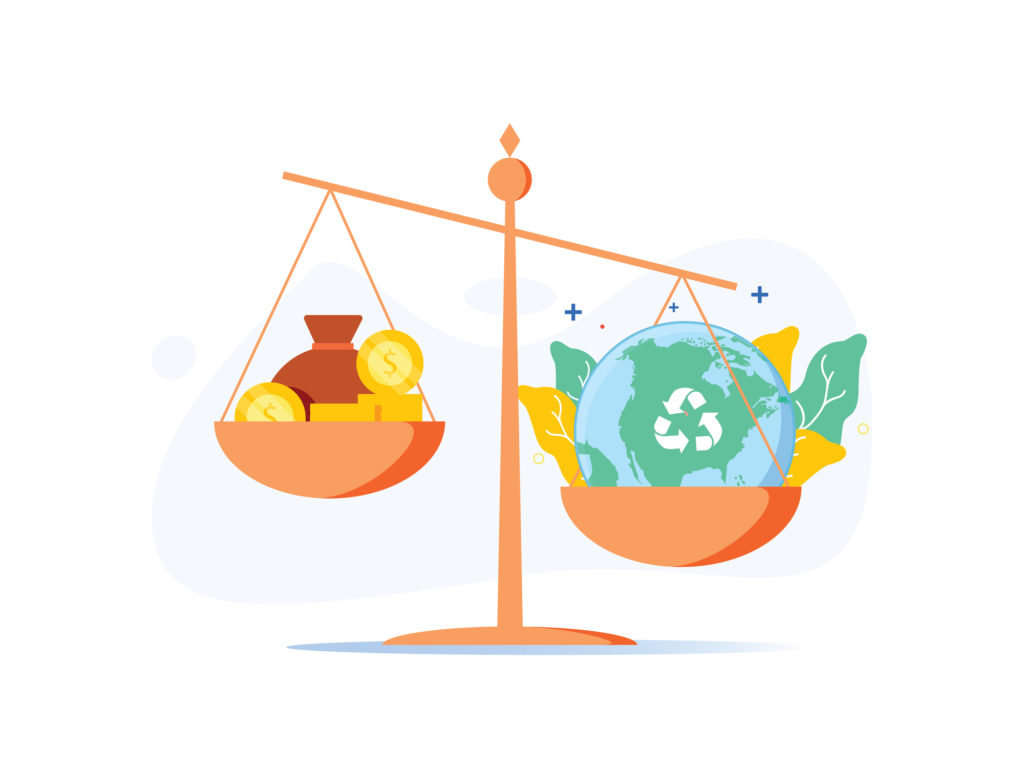
Consumers are more interested in the value of the brand than in the products. It is rare to be in a sector where there is no competition in e-commerce. As the consumer, having a wide choice will generally choose the most ethical company.
The aim here is to put your brand forward, by displaying your strong points such as “Made in France” or the use of organic cotton which is much less water consumption. It will also be about putting your story forward, what defines your brand, what sets you apart.
8. Social selling

Today 1/4 of the European citizen are ready to make their purchases via a social network.
E-commerce is a sector that is attracting more and more people. Indeed 25% of Europeans are ready to leave their job to go into e-commerce. This will lead to the emergence of several new tools that will make daily life easier and help people to concentrate on the main thing: selling.
9. SXO replaces SEO

Search Experience Optimization goes much further than textual optimization, we now take into account the quality of content, hierarchy, and fluidity of navigation.
10. Strengthening data protection
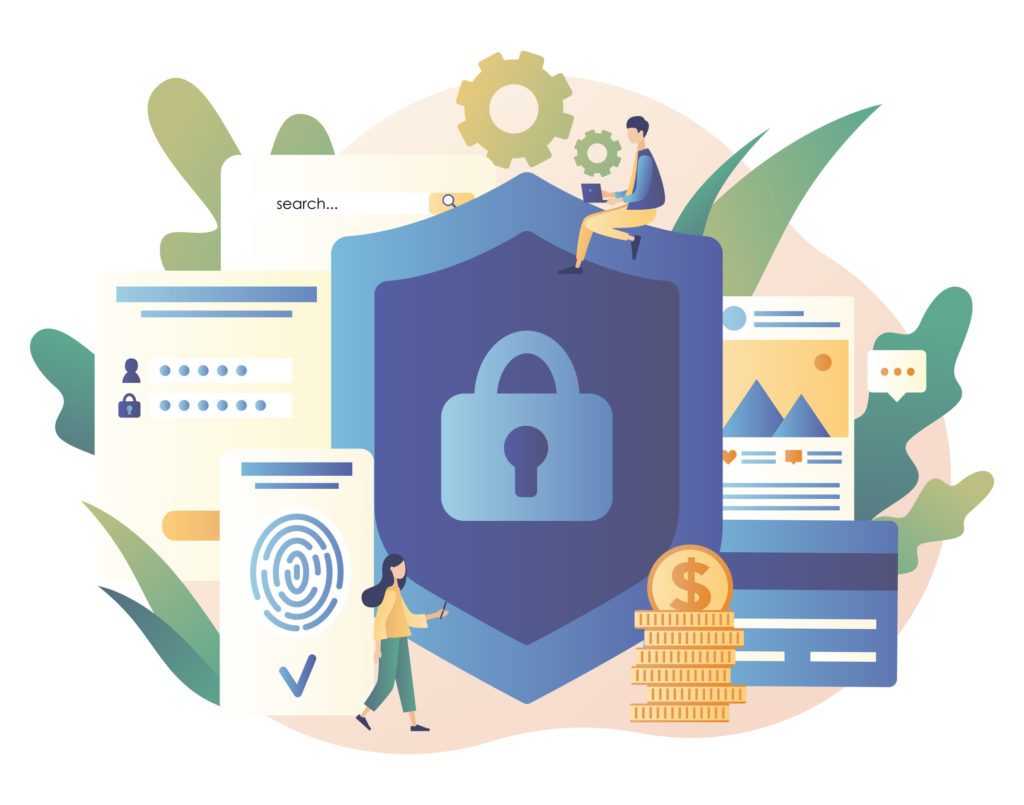
Users are always suspicious when it comes to sharing personal data. It is, therefore, necessary to reassure them, talking about RGPD or the privacy policy in the footer of a website is no longer enough. They need to be reassured through blog posts or network publications.
11. Personalization of deliveries
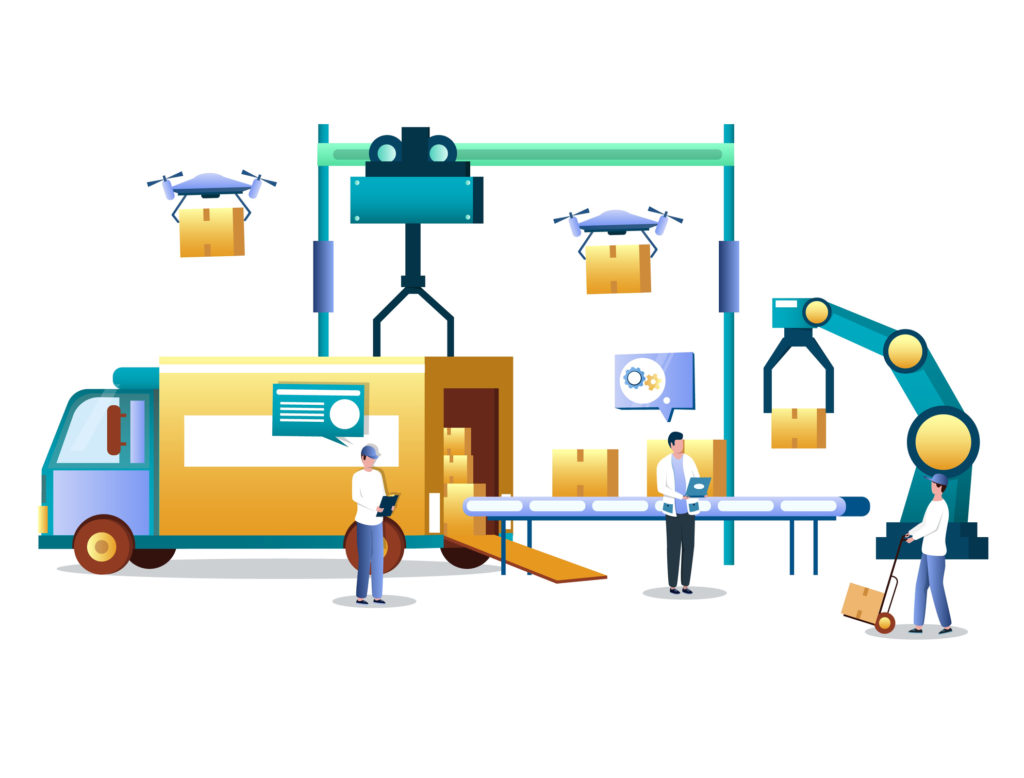
85% of buyers prefer delivery by appointment.
Not to mention the development of drone delivery. A new mode of delivery that we owe to Amazon. And which is more than just a gadget, it ensures personalized, hand-delivered deliveries.
12. Web design gives way to asymmetry
When we know that 93% of buyers believe that the design of a site directly influences their purchasing choices. We realise that having a qualitative design is more than necessary. In 2020 we are betting on the asymmetry of shapes and minimalism.
13. Augmented and virtual reality
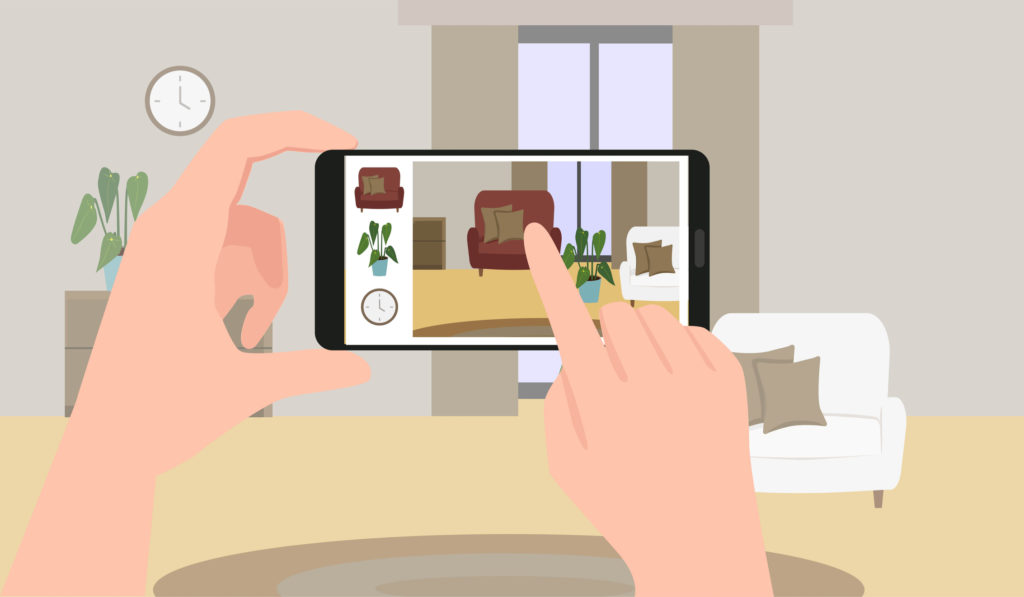
We have to focus on the technologies that are most interesting at the moment. These are augmented reality (AR), virtual reality (VR), and the Internet of Things. And these are just some of the most promising trends in the market. That’s why it’s also important that you pay attention to the latest technologies, trends so that you are never surprised and above all: INNOVATE!
Indeed, these technologies will allow market users to connect and make purchases even more easily. For example, AR can help customers see what a piece of furniture in their home would look like.
14. 5G and trends in European mobile e-commerce

We’ve been hearing about the benefits of 5G for years now, but it wasn’t until work-from-home, videoconferencing and digital collaboration became essential parts of our lives this year that we heard about it. That the need for reliable connectivity and greater bandwidth became a real and tangible benefit that we could all understand. Our reliance on phones, tablets, and other devices. Including an ever-increasing number of IoD sensors. Highlights the need for a multi-lane highway that telecommunications companies already knew we would need.
Today’s businesses can’t afford to be disconnected. And 5G deployments have become an essential part of the solution. As we collectively continue to work and manage schools from our homes, the value of 5G will be increasingly common in 2021.
Finally
You are now aware of the trends in European e-commerce. What is important to remember and what has been highlighted is of course. That these trends must be taken into account. Because they allow companies to be competitive, to differentiate themselves, and to surpass themselves.
If you are interested in European e-commerce, take a look at the articles in this category. We publish regularly and other topics may be of interest to you.
Feel free to contact us if you would like to learn more or leave us a comment.
